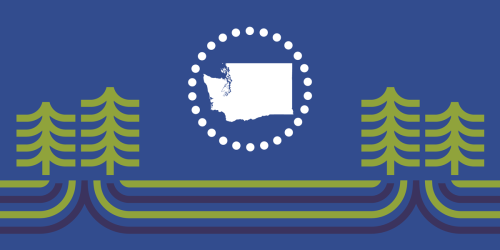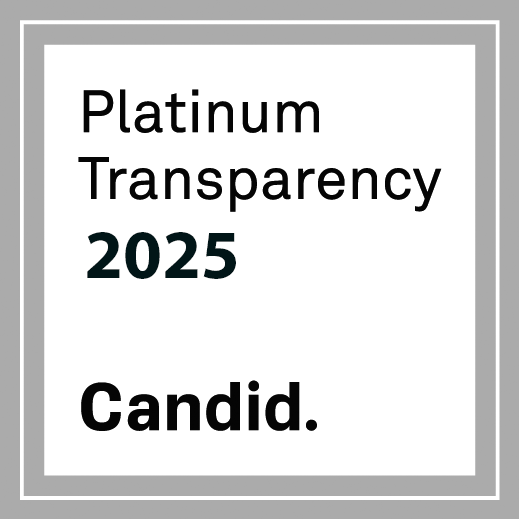Oregon’s Innovative Model for Dual Credit Is Building Teacher Capacity through Partnership

Across Oregon, one model of college credit in the high school is growing steadily—and its unique approach to teacher qualifications may be part of the reason why.
Sponsored dual credit is unlike any state-level dual enrollment policy in the country. Instead of requiring high school teachers to have equivalent qualifications to college faculty in the dual enrollment subject area, teachers are qualified through partnerships with the college faculty members teaching the course.
To better understand this innovative model, Education Northwest, in partnership with the Oregon Higher Education Coordinating Commission (HECC) and Oregon Department of Education (ODE), is conducting an impact study funded by the Dual Enrollment Research Fund. Better understanding will lead to better state policy.
An Innovative Model, Homegrown in Oregon
About 15 years ago, education leaders in rural Eastern Oregon developed Eastern Promise, an innovative dual credit program designed to expand college credit opportunities for their high school students. The model equated and substituted dual credit teacher qualifications with intensive discipline-specific professional learning communities, or PLCs. In the PLCs, faculty members from universities and community colleges worked with local high school teachers to establish a shared curriculum and assessments. By aligning instruction and expectations, they ensured that the high school courses were equivalent in teaching and learning to courses delivered at the college or university.
Since then, Oregon has seen a huge expansion of this model, now called sponsored dual credit. In 2016, HECC adopted state standards to give structure to sponsored dual credit as it expanded. Today, 17 institutions statewide use this model, and more than a quarter of all college credit in the high school in Oregon is sponsored dual credit.
Adaptable Teacher Qualification Standards
Developed locally, the sponsored dual credit model responded directly to local needs. Rural communities often have few high school teachers with the graduate-level credentials required to teach in colleges and universities. The partnership inherent in this model allows high schools to offer students high-quality college learning experiences—without requiring teachers to take on the time and cost burden of additional graduate degrees.
The partnership inherent in this model allows high schools to offer students high-quality college learning experiences—without requiring teachers to take on the time and cost burden of additional graduate degrees.
HECC recognizes that local responsiveness is key to the growth and popularity of sponsored dual credit. This is why the design allows flexibility in how high school teachers work with sponsoring faculty members to meet qualification standards. One institution might hold a virtual PLC across a region, another might support a one-one-one mentorship, and another might use a co-teaching model.
These varied approaches accommodate the needs of a state with diverse geographic and community contexts. The state standards allow partnerships to meet teacher qualification standards in a way that is locally organized. Implementation is not uniform, but it is rigorous and aligned to undergraduate college credit granting.
Our recently published sponsored dual credit brief digs deeper into the faculty qualification standards and the diverse ways that partnerships across Oregon are meeting them.
Strong Partnerships, Strong Alignment
One of the state standards requires that teachers receive feedback from faculty members for continuous improvement on course content, assessment, and student learning outcomes. Like all the standards, this one can be attained in different ways. Some partnerships use classroom observations. Others norm grading between the faculty member and teacher.
However the partnership achieves this “feedback” standard, the expectation drives greater alignment between the high school iteration and the regular college course. The alignment has a direct impact on students enrolled in the courses because of the resulting rigor and quality. An indirect outcome of the increased partnership and collaboration is that building professional partnerships for K–12 and postsecondary alignment can influence larger changes that help all students be college ready—and help colleges and universities be student ready.
Building professional partnerships for K–12 and postsecondary alignment can influence larger changes that help all students be college ready—and help colleges and universities be student ready.
When partnerships are done well, they bring about structural changes for each sector involved. HECC and ODE have observed this multiple times in these local partnerships: One side learns about the other, then they take that learning back and implement changes to policies.
Improving Opportunities for Underrepresented Students
Our impact study will explore how sponsored dual credit influences access to college credit in the high school and strong high school and postsecondary academic outcomes for all students, including those historically underrepresented in college or college credit in the high school.
With data to understand the model’s impact, HECC and ODE can make evidence-based policy decisions or create responsive implementation guidance and support. For example, on a previous project Education Northwest and ODE developed a data dashboard to analyze participation in accelerated learning statewide, with options to explore data by student group and at specific high schools. Based on data showing that students with individualized education programs (IEPs) participate in accelerated learning at lower rates, ODE and HECC developed a webinars for high school and college staff members on helping those students navigate the process of getting the right accommodations.
What’s Next?
Oregon is eager to learn whether this innovative partnership model is having the positive impacts on access and student academic outcomes they expect to see. HECC and ODE expect that sponsored dual credit has positive impacts in the way that all partnership programs do, but they want to verify that the model really is positive for students. If it is, they want to advocate for more supports in funding and figure out more ways that the state standards and implementation of those standards could support partnerships.
Finding positive impacts could also have implications nationwide. If the sponsored dual credit model has the same or better outcomes than dual credit, other states might want to scale this innovation—especially states that are exploring unique pathways or need innovative teacher qualification standards. To help them make that decision, we want to be clear about what implementation looks like and how it might vary in different states and different contexts.
Michelle Hodara is a director at Education Northwest where she helps the research and evaluation team conduct projects that improve systems, practices, and policies for students, families, and communities. She specializes in postsecondary access and success.
Erin Weeks-Earp is an Academic Policy Specialist at the Oregon Higher Education Coordinating Commission. She works on state policies that bridge secondary and postsecondary education.



